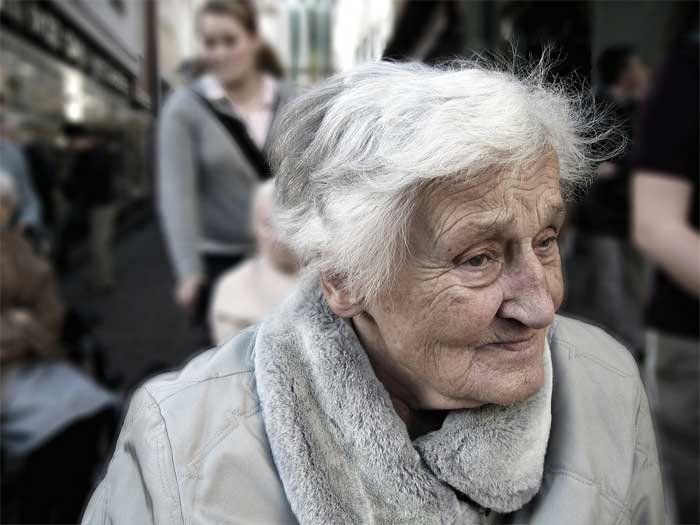Areas that already have ageing populations will see the biggest increases in numbers of elderly people, according to the 20-year forecast based on population data compiled by the UK Association of Cancer Registries.
The changes will have serious implications for the provision of cancer services, with some areas likely to need extra resources to cope with their growing cancer burden.
Cancer Research UK is highlighting the issue at its inaugural Wales Against Cancer conference in Cardiff today, which aims to focus policy makers on improving cancer treatment and promoting lifestyle changes for cancer prevention.
As the risk of developing cancer increases with age, the proportion of people over 65 is a good indicator of the likely number of cancer cases expected.
Wales has the oldest population in the UK with 17 per cent of people over 65. England and Scotland both have 16 per cent of their population over the age of 65 and Northern Ireland has the youngest population with only 13 per cent of people over 65.
Now projections indicate that this demographic inequality is set to increase, with the oldest populations getting even older, but the youngest remaining relatively stable.
In Wales and Scotland, the proportion of over 65s will increase to 23 per cent by 2024. In England the proportion of over 65s is likely to rise to 21 per cent over the same period and Northern Ireland is estimated to have 19 per cent of its population over 65 by 2024.
The availability of work in certain areas, and the popularity of other parts of the country for retirement, is helping to shape the demographic changes.
Figures from the UK Association of Cancer Registries reveal that cancer incidence is generally higher in areas with more elderly people, with the highest rates in Wales and the lowest rates in England and Northern Ireland.
In Wales there are 527 cases per100, 000 people, while in Scotland, the figures are 495. England has 456 cases per 100,000 people while Northern Ireland has 385.
Professor David Forman, Chairman of the UK Association of Cancer Registries, says: « The increase in the number of people being diagnosed with cancer that we’ve seen over the last couple of decades is largely a result of our ageing population.
« Most of those extra cases are occurring in places with older populations and they’re not necessarily the areas best equipped to deal with the extra burden. As differences in the proportion of old people in parts of the country increase we’re going to see an increasing burden of elderly patients with cancer.
« It’s important that cancer registries continue to monitor population trends and cancer incidence, as it will be invaluable for the long-term planning of cancer services. »
Increases in cancer incidence will largely reflect the shifts in population age, leaving some areas much more heavily burdened by the disease than others. Certain areas, such as Wales, will be in need of extra resources to help them cope, Cancer Research UK experts warn at Wales Against Cancer.
The new figures also highlight the importance of developing better ways of preventing cancer, in order to curb the likely increases in cancer incidence.
Professor Robert Souhami, Cancer Research UK’s Director of Clinical and External Affairs, says: « Cancer is becoming much more common as people live longer and longer, and the situation will be worst in particular areas of the country where there are increasing numbers of older, retired people.
« We’re going to need to keep a careful track of increasing cancer rates in different areas, because it’s pretty clear that some places are going to need more resources if they’re to cope with the extra burden.
« The figures also highlight the importance of finding better ways to prevent cancer, so that we can work on reducing the expected increase in cancer incidence. »




